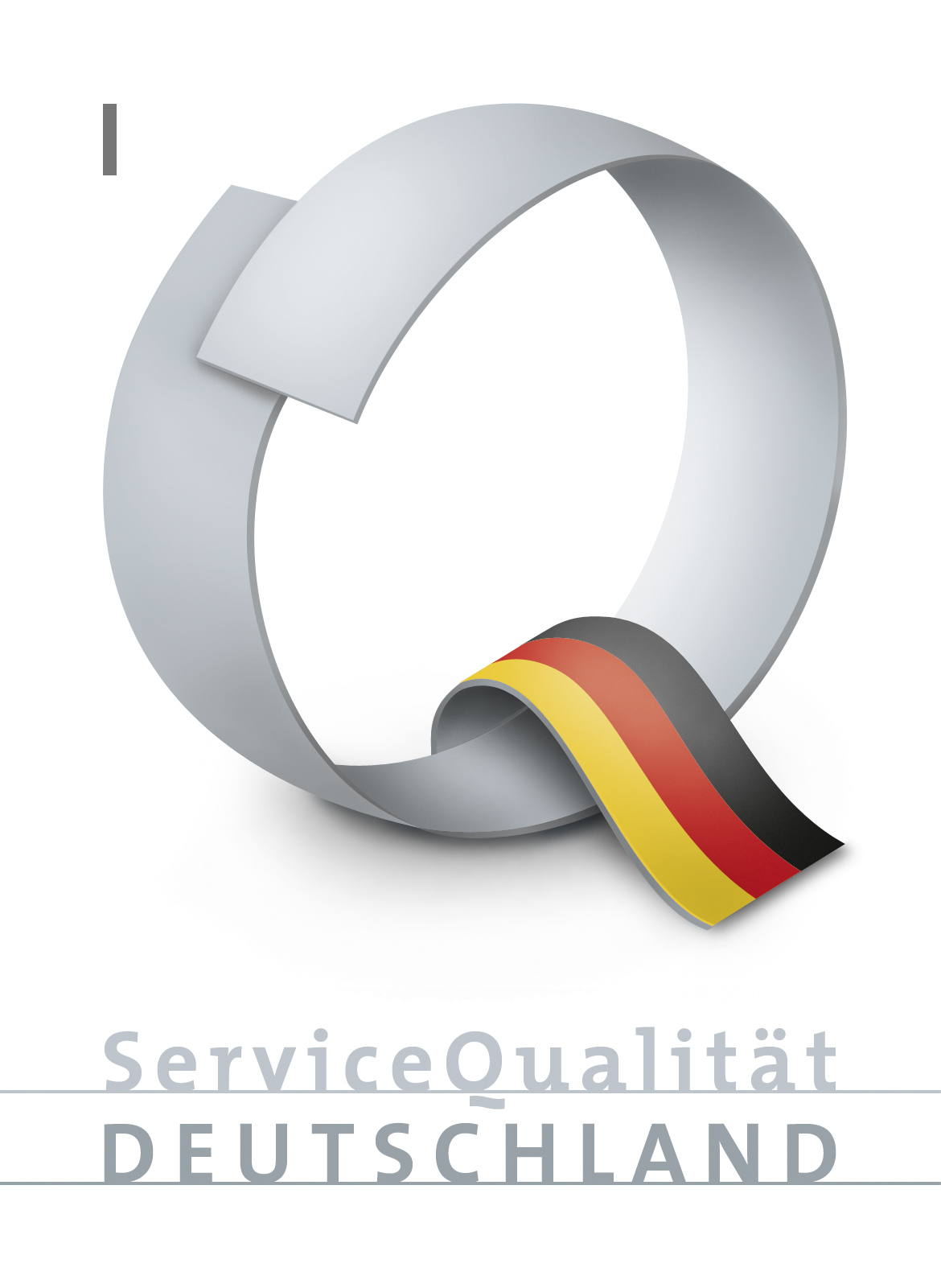Address
Schaudepot Bronzeschule
Freifrau-von-Löwendal-Straße 3
01979 Lauchhammer-Ost
Freifrau-von-Löwendal-Straße 3
01979 Lauchhammer-Ost
This provider is located in the region Lausitzer Seenland
Certificates


